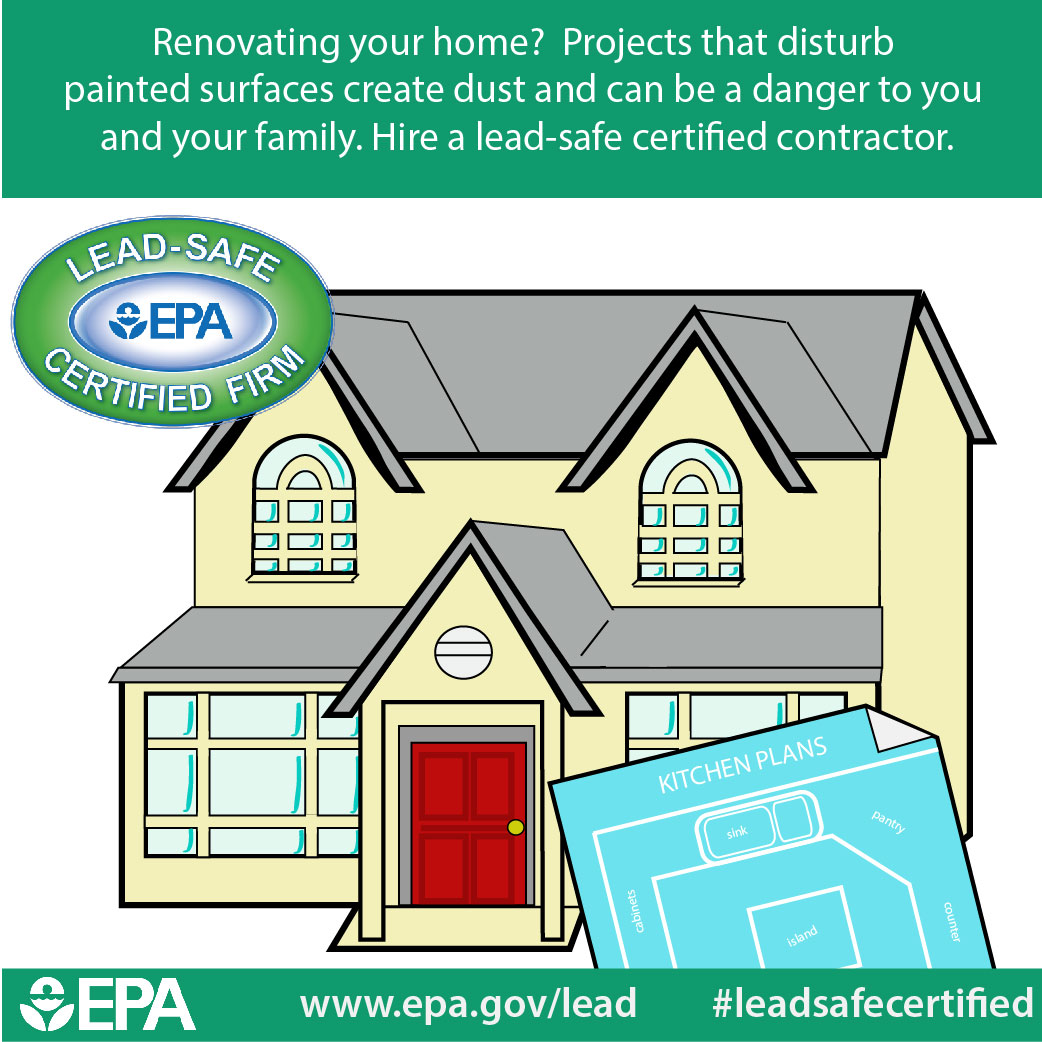Comprehensive Recommendations For Ready-Making Your Wall Surfaces For Repainting
Comprehensive Recommendations For Ready-Making Your Wall Surfaces For Repainting
Blog Article
Created By-Terp Balslev
When you're prepping your walls for painting, it's essential to follow a systematic procedure to make certain a perfect surface. Start by analyzing the wall surface for any kind of damage; this step can make or break your job. Once you've recognized any kind of concerns, cleansing the surface area effectively is necessary, as a filthy wall can affect paint bond. After that, you'll need to patch any imperfections and use a guide. However there specify techniques and tips that can elevate your prep work game-- let's check out those more to achieve the very best results.
Assessing Wall Problem
Before you order your paintbrush, take a moment to evaluate your wall surfaces' condition. Check for any kind of noticeable damage like fractures, openings, or peeling paint. These blemishes can impact just how the paint sticks and looks once it's completely dry. If you notice any substantial damage, you'll require to prioritize fixings before diving right into painting.
Look carefully at the structure of your walls. Is https://interior-home-painters-ne10987.blogaritma.com/31568185/while-you-can-understand-the-art-of-budgeting-for-an-industrial-outside-paint-project-are-you-geared-up-to-uncover-the-tricks-that-lead-to-remarkable-results , or is there texture that might require special factor to consider? Smooth wall surfaces usually call for less preparation, while distinctive surfaces may require more time to repaint uniformly.
Likewise, consider the previous paint job. If the old paint is glossy, it mightn't permit new paint to stick effectively. You'll want to know if your wall surfaces have actually been painted with oil-based or water-based paint, as this can impact your option of primer or paint.
Ultimately, bear in mind of any wetness concerns. If you see indications of water damage or mold and mildew, address these issues quickly to avoid more complications.
Cleaning up the Surface
As soon as you have actually evaluated the condition of your wall surfaces, the next action is cleansing the surface area. Start by gathering your materials: a pail, warm water, a light cleaning agent, a sponge or towel, and a scrub brush for tougher spots.
Begin on top edge of the wall and function your way down. Mix the detergent with cozy water in your pail, after that dip the sponge or towel right into the remedy. Wring it bent on prevent excessive dampness on the wall surfaces.
As you clean up, pay attention to locations that may've gathered dust, oil, or fingerprints. For stubborn spots, utilize the scrub brush gently to prevent damaging the paint under. Wash your sponge or cloth frequently in clean water to stop spreading out dust around.
After cleaning, it's important to wipe the walls with a wet cloth to get rid of any type of soap residue. This action makes sure a smooth surface area for the new paint to follow.
Allow the walls to dry totally prior to going on to the next prep work actions. This complete cleaning procedure will assist develop a fresh canvas for your painting project, guaranteeing the best results.
Patching and Priming
Patching and priming are important action in preparing your walls for a fresh coat of paint. Initially, inspect your wall surfaces for any kind of holes, cracks, or imperfections. Make use of a top notch spackling substance or patching paste to load these areas.
Use the compound with a putty knife, smoothing it out so it's flush with the surrounding surface. Enable it to completely dry completely, and afterwards sand it lightly till it's smooth and even.
As soon as https://boingboing.net/2023/03/20/starry-waffles-is-a-van-gogh-inspired-painting-featuring-a-waffle-house.html 've covered everything, it's time to prime. Primer helps secure the covered areas, making certain the paint sticks correctly and provides a consistent coating. Choose a primer ideal for your wall surface kind and the paint you'll be utilizing.
Apply the guide using a roller for bigger locations and a brush for corners and sides. If your patched areas are considerably huge or permeable, you may wish to use a second coat of primer after the first one dries.
After priming, let everything completely dry extensively prior to moving on to paint. This prep work won't just improve the look of your walls yet likewise extend the life of your paint work.
Take your time, and you'll be pleased with the outcomes.
Final thought
By following these straightforward steps, you can achieve a smooth and specialist surface on your walls. Begin by evaluating their problem, after that tidy and patch any kind of flaws before using guide. Remember to allow appropriate drying time and make certain every little thing is smooth before you dive into painting. With the right preparation, you'll set the stage for a lovely change in your space. Currently, collect your supplies, inhale the fresh air, and prepare to repaint!
